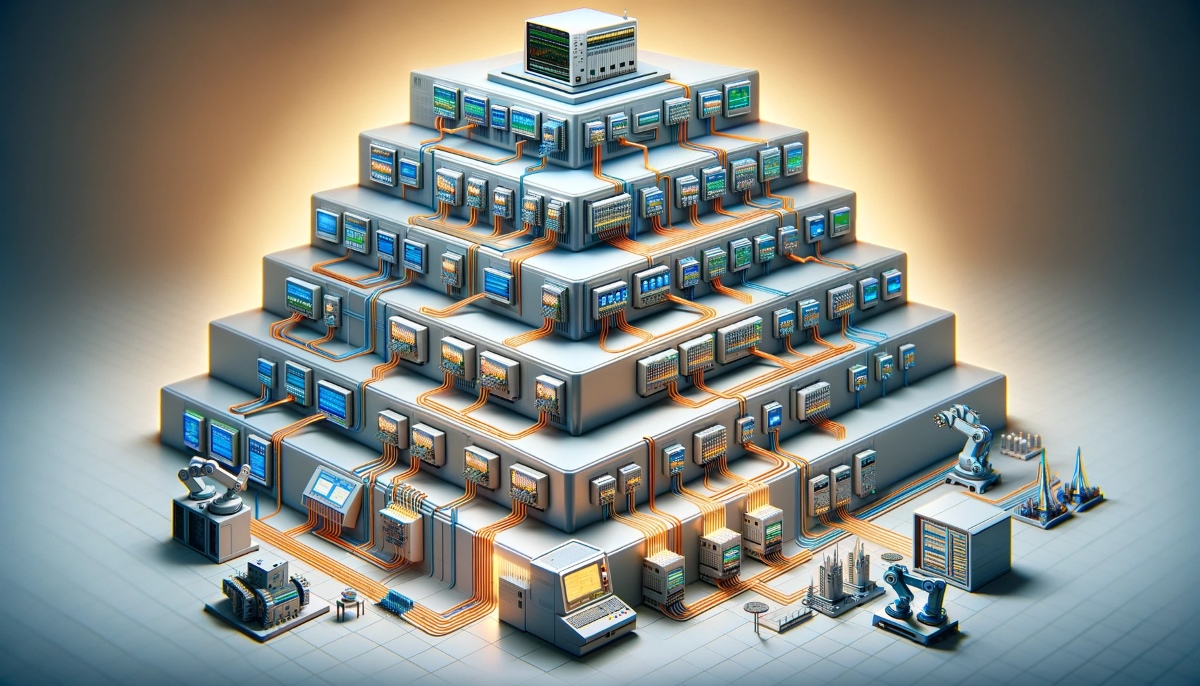What is the topology of EtherCAT?

Hi everyone,
EtherCAT (Ethernet for Control Automation Technology) supports a wide range of topologies, which makes it highly flexible and suitable for various industrial automation setups. Here are the primary topologies supported by EtherCAT:
Line (or Bus) Topology:
In this configuration, each device (or node) is connected in a daisy-chain manner.
The message from the master is passed from one slave to the next in the line.
This is the most common EtherCAT topology, especially for simpler or linear machine layouts.
Tree Topology:
It branches out from a main line, allowing multiple slaves or segments to be connected to a single node.
This is useful for more complex machine layouts where multiple branches of devices need to be addressed.
Star Topology:
While traditional Ethernet often employs a star topology, with all devices connecting to a central switch, in the context of EtherCAT, a star topology would have a central EtherCAT device to which other devices directly connect.
It's less common than the line topology but can be used where central junction points are beneficial.
Ring Topology:
In this setup, the devices are connected in a closed loop, with the last device connecting back to the first.
This topology provides redundancy. If there's a communication break in one direction, the system can continue operation by transmitting data in the opposite direction of the ring.
It's particularly useful for applications where high availability and system uptime are critical.
Hybrid Topology:
A combination of any of the above topologies.
For example, a main line topology that branches out into multiple tree or star topologies.
One of the unique features of EtherCAT is that it doesn't require active infrastructure components like switches or hubs, regardless of the topology used. The simplicity in setup and flexibility in topology choices make EtherCAT a preferred choice for many industrial automation applications.
"Platforms established on an EthernetCAT foundation have become increasingly popular in many sectors of industry. This technology, which is both practical and offers time/place savings, has evolved and branched out over time and has been embedded in third-party platforms as well. Below, we have tried to answer some of the main questions we received from our valued visitors about EtherCAT."
- What is EtherCAT?
- What are the primary advantages of EtherCAT?
- How does EtherCAT work?
- Why is EtherCAT used in the field of industrial automation?
- What are the differences between EtherCAT and traditional Ethernet?
- How does EtherCAT handle real-time performance?
- What is the topology of EtherCAT?
- Which devices and sensors can be integrated with EtherCAT?
- How do EtherCAT Master and Slave devices communicate with each other?
- How is security ensured in EtherCAT?
- What are the differences between EtherCAT and other industrial Ethernet protocols (e.g., PROFINET, Ethernet/IP)?
- What are the technical specifications of EtherCAT?
- Which programming languages and tools can be used with EtherCAT?
- What is the latency time of EtherCAT?
- What are the future trends and evolution of EtherCAT?
- What is the licensing and cost structure of EtherCAT?
- What versions of EtherCAT are available?
- How can you detect and resolve an error in an EtherCAT network?
- How does EtherCAT comply with industry standards?
- What are the limits and constraints of EtherCAT?
+ Back to Automation main page
"Please note, these questions may only satisfy general curiosities about the EtherCAT protocol. Everyone or every student may have different questions specific to their context or application. Our answers are not definitive judgments, but merely serve as a guide. You are free to share our article by citing it as a source. If you have any questions, please fill out the form below." 08.2019
Your shopping cart is empty!
